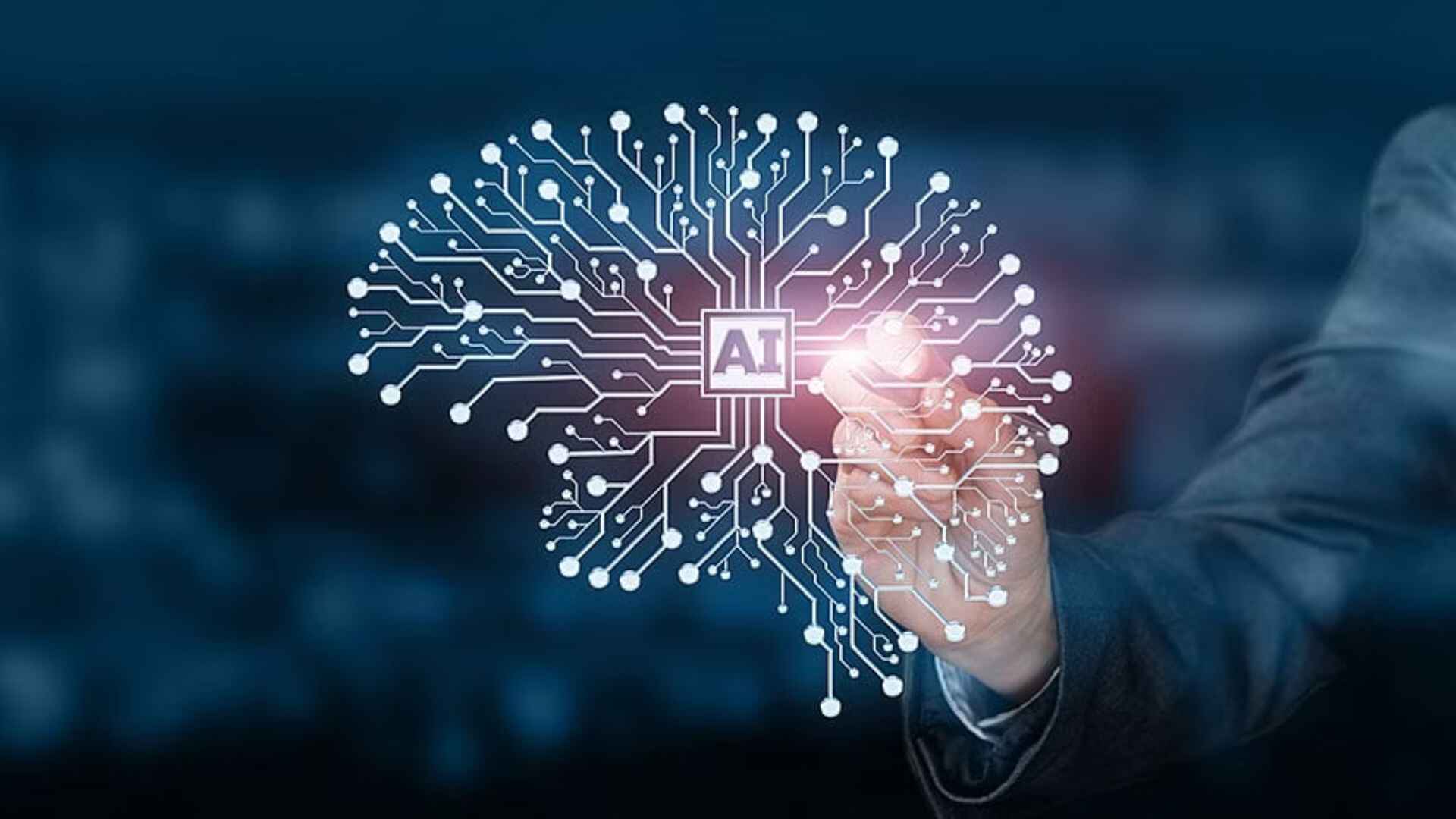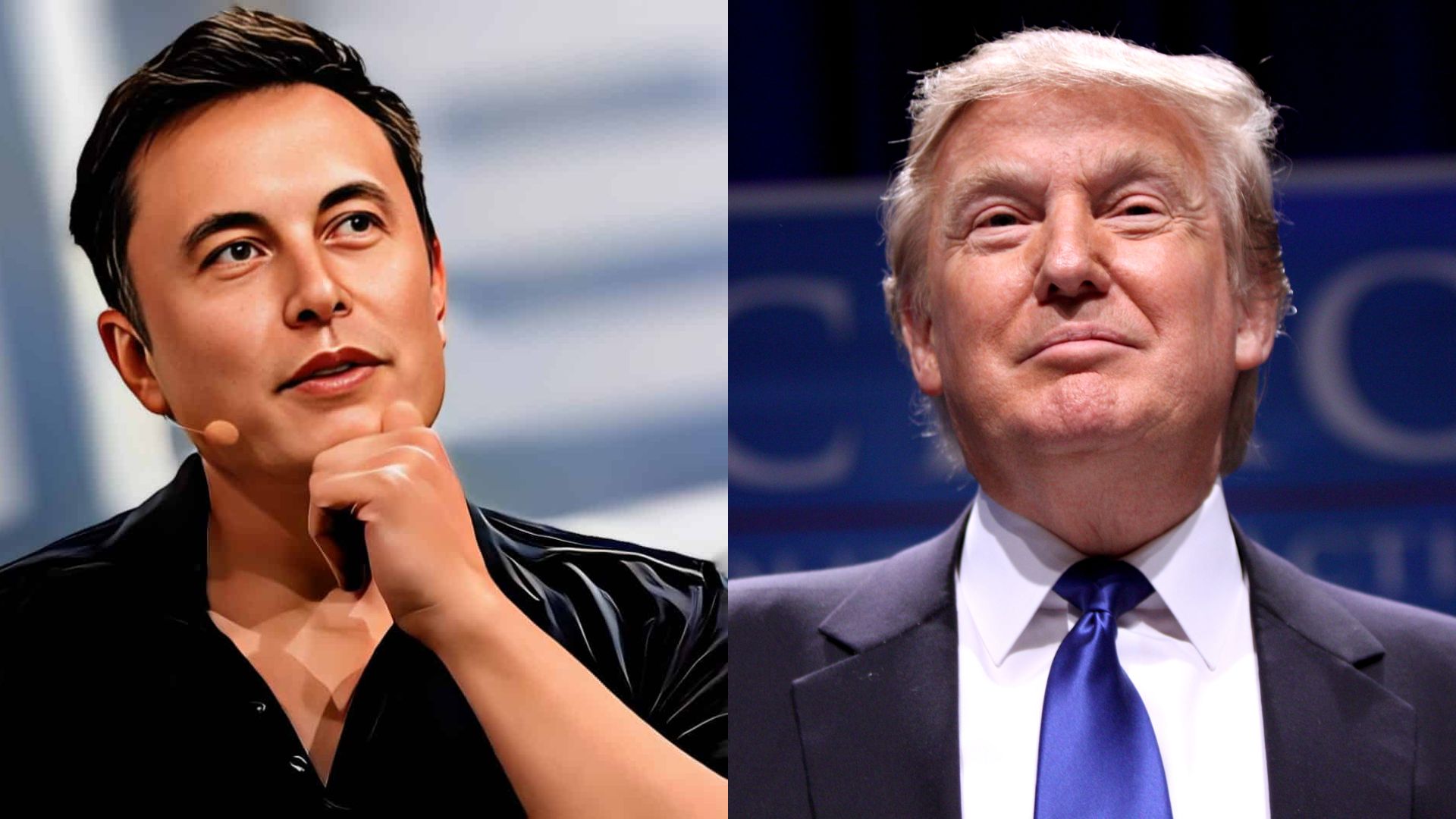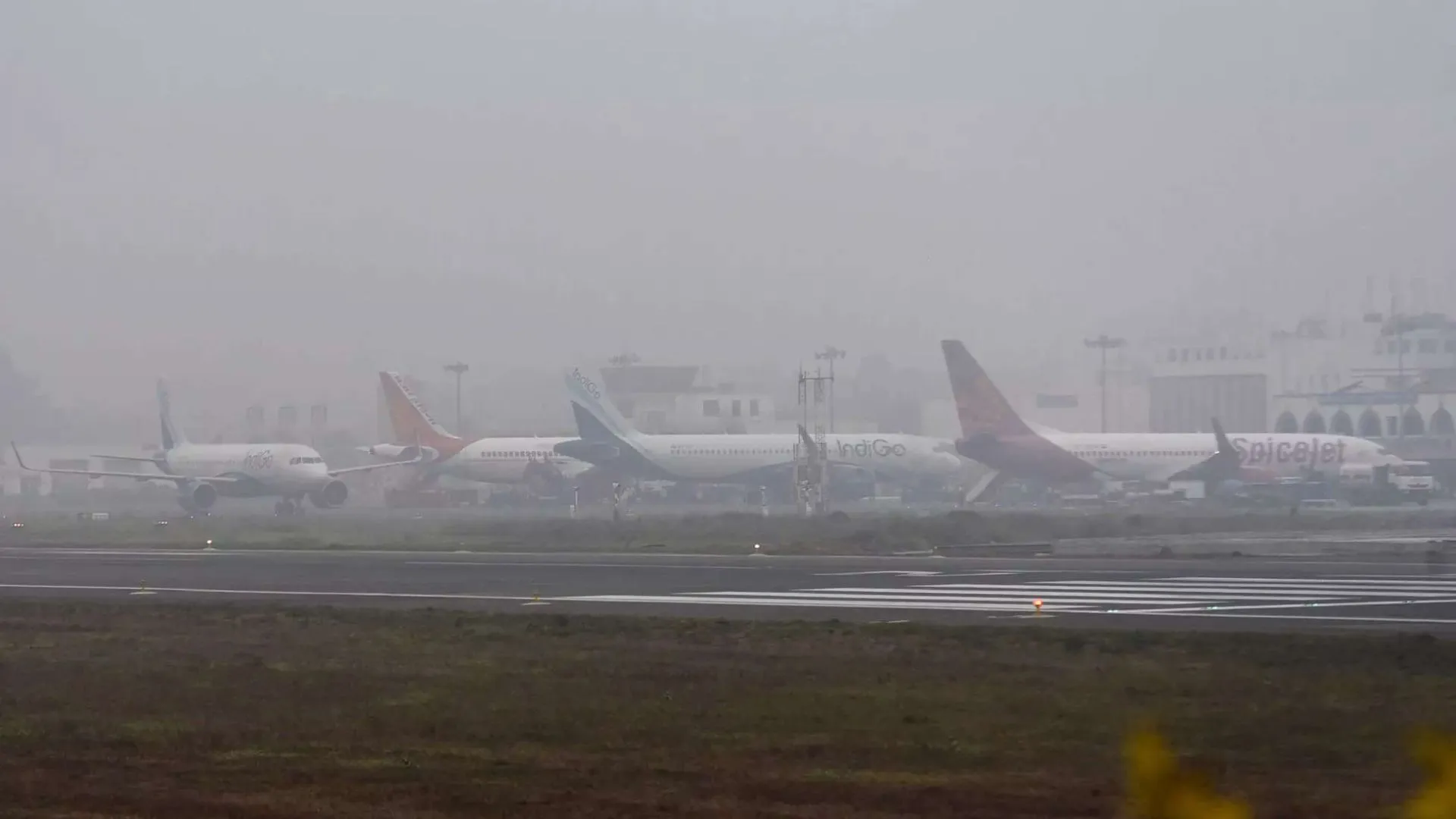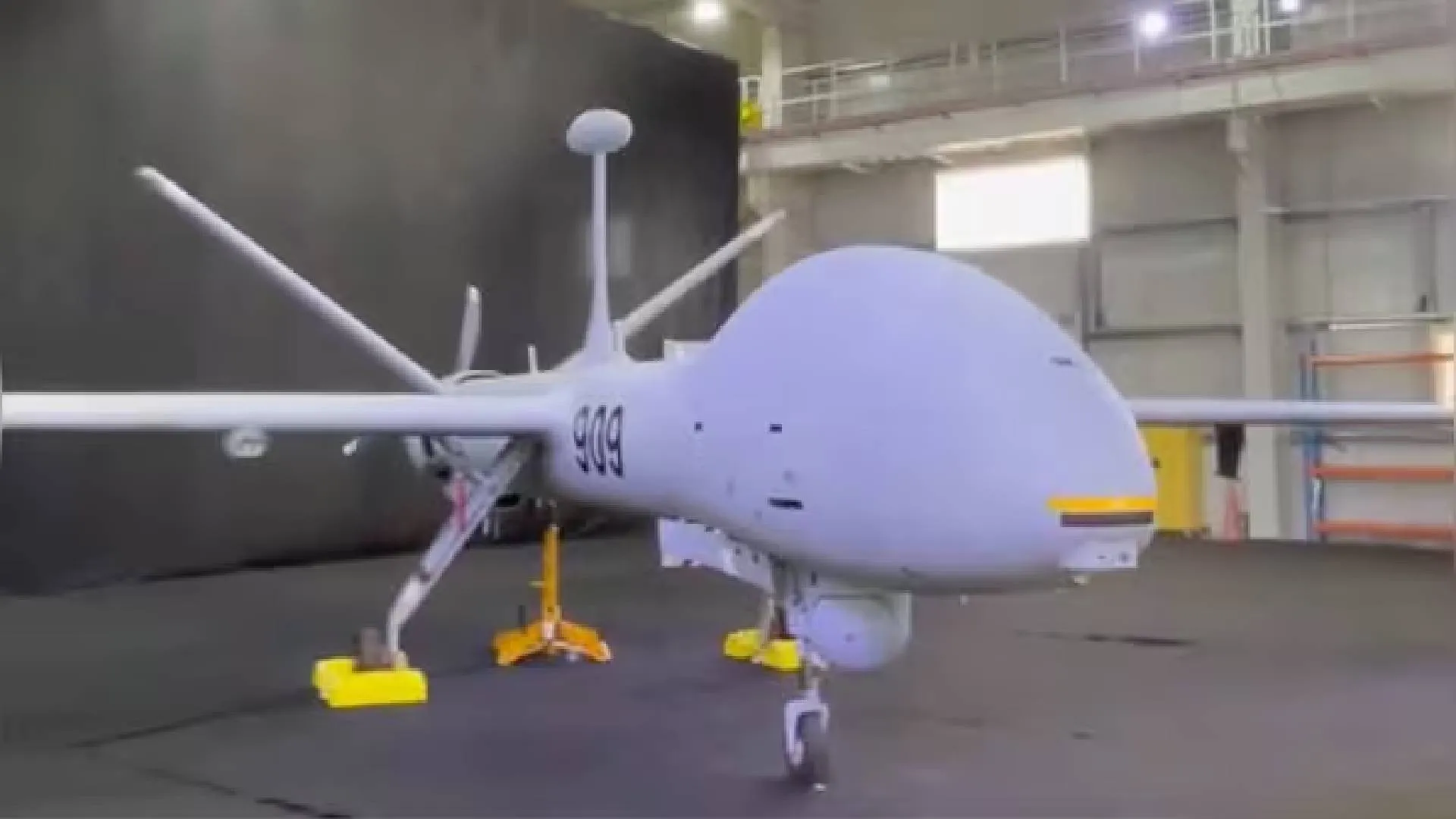Indian law has been sluggish in adopting new technology. AI is changing things. The Punjab & Haryana High Court’s use of ChatGPT to aid bail cases is important. Experts hope AI will help resolve cases and streamline the court system. However, critical questions remain. Can AI replace human judgment in life-and-freedom decisions? Legal stakeholders must be cautious due to prejudices and inaccuracies. In February 2023, the Supreme Court deployed AI during a Maharashtra political pow er struggle hearing. AI transcribed the live proceedings, which Chief Justice of India DY Chandrachud followed on a court screen. Technology Enabled Resolutions (TERES), which offered arbitration practitioners AI-enabled transcription, worked with the Supreme Court. Lawyer and computer specialist Vikas Mahendra helped build this AI-based transcription tool. The Supreme Court and AI have interacted before. A year ago, the court’s Artificial Intelligence Committee created SUPACE (Supreme Court Portal for Assistance in Courts Efficiency). SU cites several causes. It discusses court culture, powerful parties’ vested interests in extending cases, law enforcement delays, and socio economic issues that affect plaintiffs’ ability to attend or delay proceedings. PACE provided judicial process digitalization infra structure. The AI commit tee’s patron-in-chief, former Chief Justice of India S A Bobde, acknowledged the risks of using AI in judicial decision-making. A judge’s independent judicial thinking is crucial, he said. SUPACE is a unique Supreme Court collabo ration between humans and machines. S A Bobde, former Chief Justice of India, praised this move and dismissed concerns about AI in the court system. He said that technology helps judges judge by giving them facts to apply their intelligence and morality. The Digital Futures Lab, are search collaborative, found that technology can eliminate human biases and discretion, improving court efficiency and consistency. This method oversimplifies the judiciary’s complex issues. The report addresses court pendency or backlog. A “docket explosion” occurs when judicial demand surpasses supply. Increase the number of judges, create fast-track courts, or re duce the number of cases in formal courts. Empirical research on court functioning shows that pendency is a delay issue, not a supply and demand issue. The report Pending case statistics can be incorrect. Lower courts often postpone connected cases when the Supreme Court considers a constitutional issue. The number of pending cases may not reflect the courts’ workload. Many worry about utilizing AI to gather data for court judgments. Digital Future Labs found that skewed data sets can lead to unequal outcomes or prejudice against underrepresented groups. Automated legal decisions have denied rights. A 2020 US news story that automated tenant back ground checks incorrectly identified people as criminals or sex offenders, denying them residence. Judges in Poland were concerned that the Ministry of Justice’s algorithm assigned cases disproportionately to some of them. The Poland Supreme Court ordered algorithm disclosure in July 2021. The Digital Futures Lab research stresses that senior judicial and government officials must guarantee that “disruptive technologies” will not replace human decision-making. Even case summaries and information extraction tools can impact judges’ conclusions, especially if automation bias develops. AI-powered transcription technologies could replace human shorthand for dictating judicial orders and recording evidence, which could diminish job possibilities in the Indian judiciary. Some think AI has great promise in the justice system, but they advise caution. Due to India’s enormous workforce, AI taking over most court staff and clerks’ duties could present issues. They wonder if AI is ready for justice. Another individual argues that generative AI is here and that AI will never replace hu man intellect. Justice Hima Kohli of the Supreme Court acknowledged the challenges of fair ness, bias, and civil rights in AI adoption but also stated that AI is here to stay. The Indian Law Minister revealed that the Supreme Court had constituted an Artificial Intelligence Committee to investigate the application of AI in judicial matters, including document translation, legal research, and process automation. Some law firms want to use machine learning to reference past cases and legal precedents quick l y. AI and ML are used in Indian law. Tax legislation and contract preparation applications are mentioned. These programs have been trained on many cases and can highlight significant contract elements or help interpret court judgments on certain themes. This is faster than manually creating reports from thousands of cases. Indian courts have increased e-filing and virtual hearings during the COVID-19 outbreak. ML is mostly employed in India for back-end labor, not judicial decision-making. Many lower court judgments are still undigitized. Based on worldwide trends, experts predict these technologies will be adopted in the Indian judicial system. The Indian judiciary uses SUVAS for translating decisions and SUPACE for generating legal briefs, two ML-based applications. The Indian judicial system is more conservative than others and needs work to make its legal data compatible with ML formats. Tribunals and consumer courts can employ AI and ML, but criminal cases require human intervention for oral testimony and cross-examination.

















